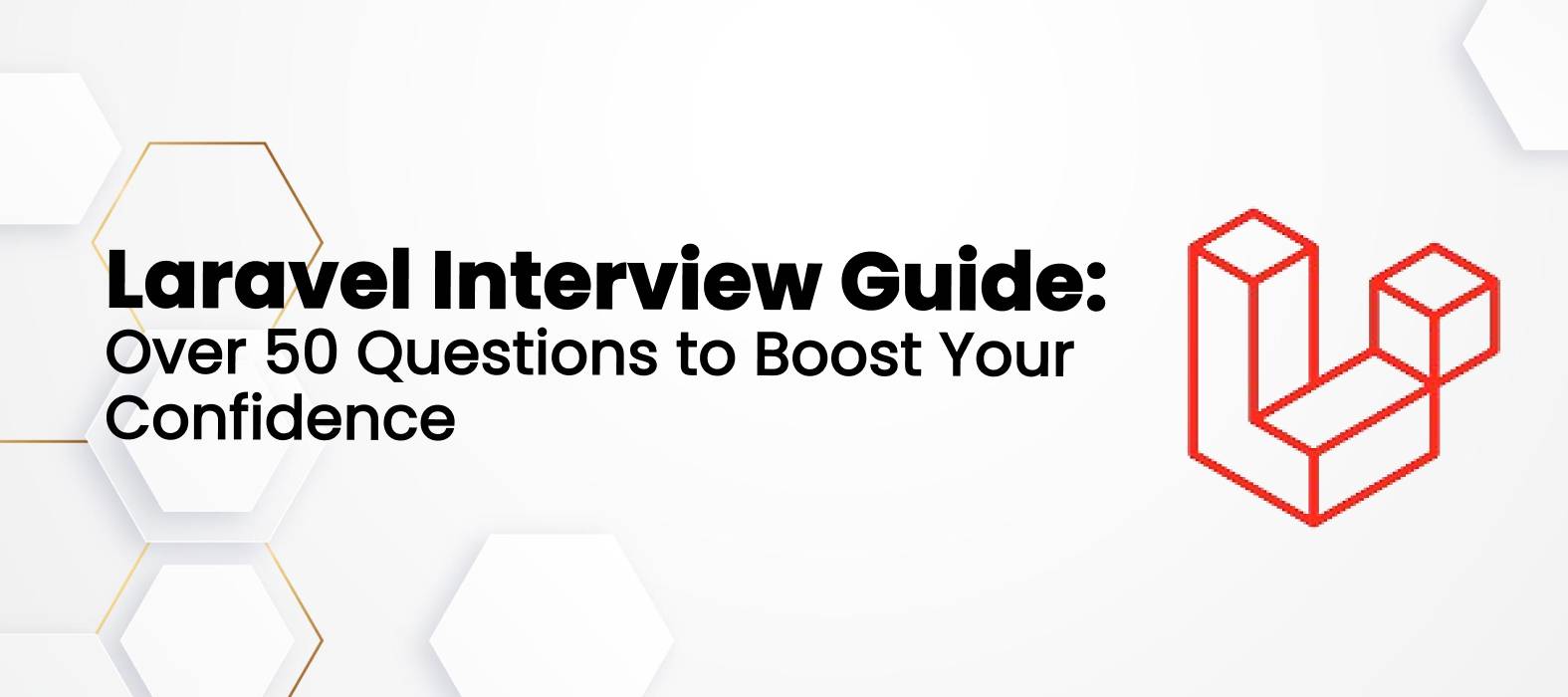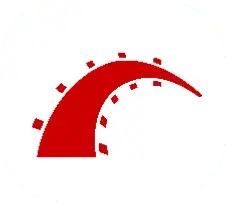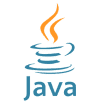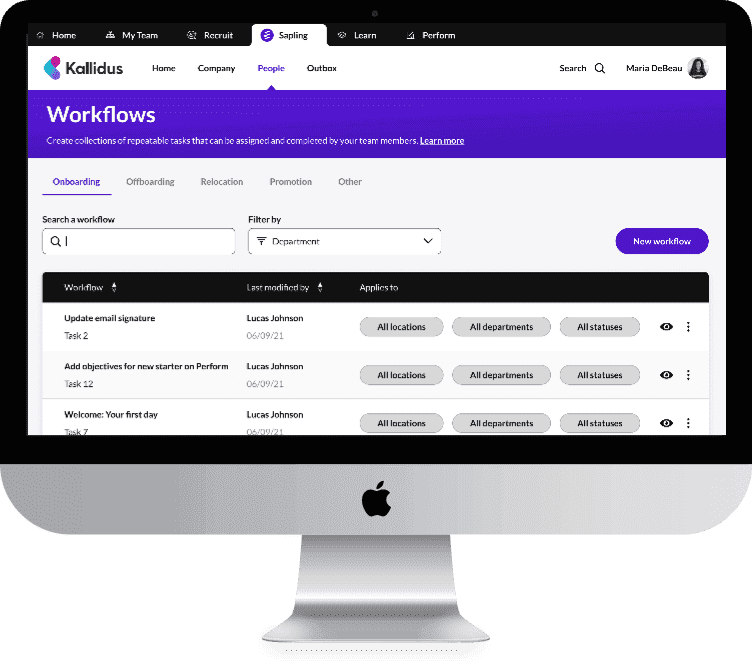The world’s demand for improved API’s is increasing everyday. APIs must be able to respond quickly, scale easily, and handle huge amounts of data as system complexity and user expectations have grown.
Developers utilize GraphQL with NestJS to create scalable, adaptable, and effective APIs. In this article, we’ll look at how GraphQL and NestJS work and provide resources for developers to design high-performing APIs.
What is NestJS?
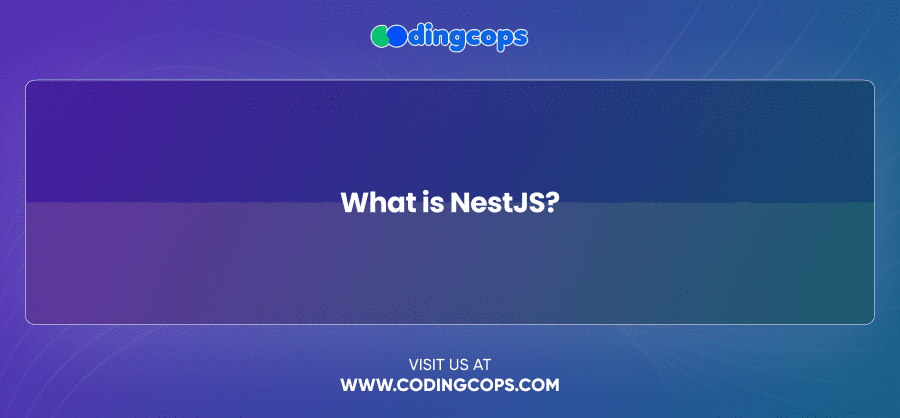
NestJS is a Node.js framework that is progressive and notable for its scalability, structure, and TypeScript support. It offers a modular architecture that enables programmers to create structured, easily maintained backend systems.
Based on familiar concepts from Angular, NestJS brings a similar level of modularity to backend development. By leveraging dependency injection, decorators, and modules, NestJS helps to streamline backend workflows while providing powerful tools for building robust APIs.
Key Features of NestJS:
- TypeScript Support: NestJS is compatible with JavaScript, but it also has built-in support for TypeScript, which makes typing strongly encouraged and helps developers find flaws early.
- Modularity: NestJS promotes the usage of modules, which facilitates the division of code into logical, reusable components. This is perfect for teamwork or scaling applications.
- Dependency Injection: Dependency injection, a feature of NestJS, facilitates clean, decoupled management of services and their dependencies.
What is GraphQL?
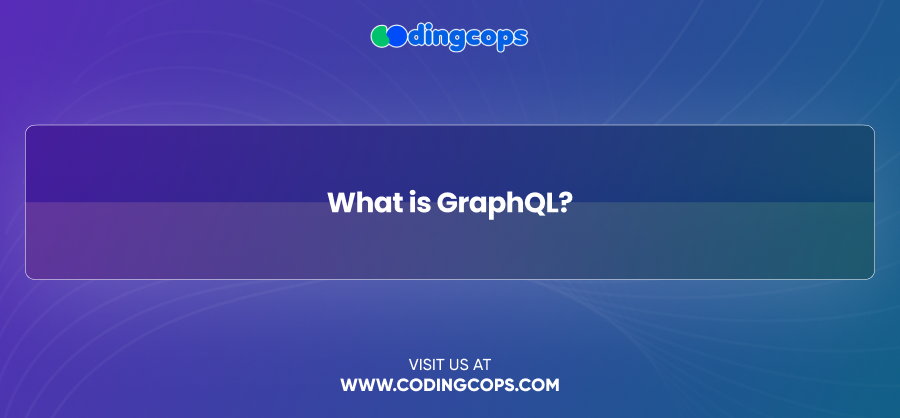
GraphQL is an API query. With GraphQL, users can only request the data they require. With standard REST APIs, clients are provided with a predetermined data structure for every endpoint; however, with GraphQL, users can construct their own queries.
There are several advantages to using GraphQL over REST:
- Efficient Data Fetching: In order to obtain all the required data in REST, you might have to send several queries to several endpoints. One query can request numerous bits of data at once with GraphQL, which minimizes the number of API calls.
- Strongly Typed Schema: GraphQL guarantees that queries are validated before execution by defining the kinds of data and operations that are available via a schema.
- Real-time Data with Subscriptions: Subscriptions are supported by GraphQL and enable updates in real time when data changes.
How NestJS and GraphQL Work?
The simplicity of NestJS’s GraphQL integration is one of its main advantages. An official GraphQL module from NestJS makes dealing with and configuring GraphQL easier. You can design your GraphQL schema and associated operations directly in your NestJS codebase by utilizing decorators and resolvers.
Simply install and setup the @nestjs/graphql package to get GraphQL working in NestJS. You have two options when defining your GraphQL schema using NestJS: code-first and schema-first.
The code-first technique allows you to define the GraphQL schema using TypeScript decorators, which generate the schema from your code. This is especially useful if you want to leverage TypeScript’s strong typing and avoid maintaining separate schema files. The schema-first approach, on the other hand, lets you write the GraphQL schema directly and link it to your resolvers.
Advantages of Using NestJS with GraphQL
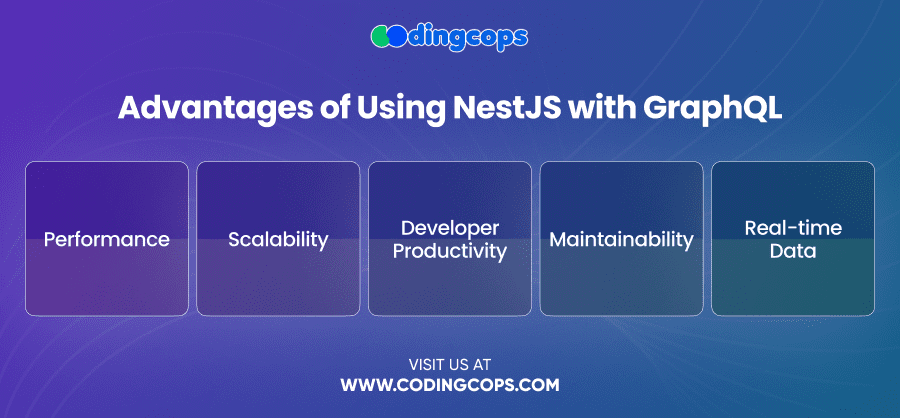
Combining GraphQL with NestJS has several benefits, particularly for creating high-performance APIs.
1. Performance
The effective architecture of NestJS and the astute data-fetching powers of GraphQL work together to deliver significant improvements in performance. The modular nature of NestJS allows for speedier execution by maintaining code organization and scalability, and GraphQL reduces data over-fetching by letting clients request only the information they require. Lower server load and quicker response times are the outcomes of this.
2. Scalability
Scalable API designs are made possible by the combination of GraphQL’s adaptable query system and Nest.Js’s modularity. NestJS makes it simple to add new modules and update your GraphQL schema to add new features as your application expands. NestJS’s use of services makes it possible for various API components to be created, tested, and implemented separately.
3. Developer Productivity
GraphQL and NestJS are both intended to increase productivity. NestJS minimizes boilerplate code using TypeScript, decorators, and auto-generated schemas, while GraphQL expedites both frontend and backend development by exposing a customizable API structure. Developers may also more easily comprehend and utilize the API without having to sift through documentation thanks to GraphQL’s self-documenting schema.
4. Maintainability
The modular architecture of NestJS facilitates scalability while simultaneously improving maintainability. It is simpler to manage and refactor the codebase when concerns related to services, controllers, and modules are divided. Furthermore, the strict type and schema-driven development of GraphQL guarantee that modifications to the API are less likely to produce defects, making it simpler to maintain over time.
5. Real-time Data
Developers may quickly add real-time features like chat apps, live updates, and collaborative editing capabilities with GraphQL subscriptions. Because NestJS enables WebSocket integration, setting up GraphQL subscriptions and giving clients access to real-time data without requiring complicated infrastructure is made simple.
Use Cases and Applications

NestJS and GraphQL work well together in a number of situations where API flexibility and efficiency are crucial:
- E-commerce: Because of GraphQL’s versatility, users of an e-commerce service can retrieve product details, reviews, and similar products with only one request. NestJS keeps the backend scalable and quick.
- Social Media Platforms:GraphQL subscriptions can handle live updates for real-time user interaction applications, while NestJS simplifies the management of numerous modules and functionalities.
- IoT Systems: Devices may only request the data that is required using GraphQL, and NestJS offers the scalability required to manage massive inflows of data.
Conclusion
GraphQL and NestJS work well together to create high-performance APIs. When combined, they provide a scalable, organized method for backend development that is adaptable enough to satisfy the requirements of contemporary apps. Whether you’re developing a massive e-commerce portal or a real-time chat service, NestJS and GraphQL give you the tools you need to create scalable, stable, and effective APIs.
More Related Blogs
- NestJS and MongoDB
- React JS Optimization Techniques
- React Lifecycle Methods
- Generative AI
- Preact vs. React
- React ARIA


